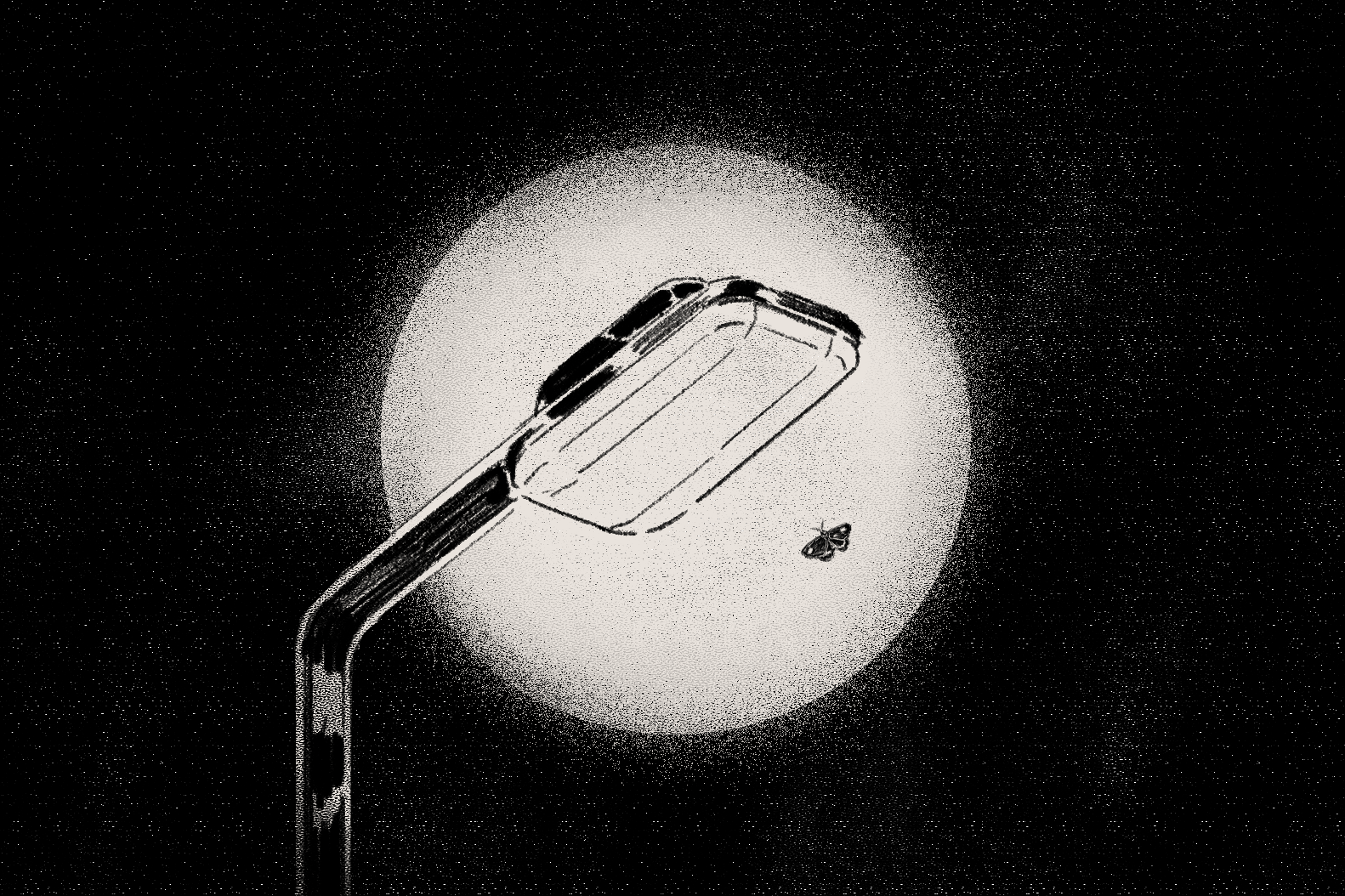“We are hard pressed on every side, but not crushed; perplexed, but not in despair; persecuted, but not abandoned; struck down, but not destroyed.”
These words of the Apostle Paul in 2 Corinthians 4:8-9 were the first thing that came to mind when I came across an oddly beautiful tree during a weekend visit to a local beach in October last year.
A mature-sized Perepat mangrove tree lay with its trunk across the sand and base pointed seaward. It had likely been blown over by violent winds during a coastal storm.
There was also what looked like thick nautical rope looped deliberately and quite tightly around a pair of lower branches — perhaps a sign of mistreatment by a human.
Like the big Perepat tree, I had experienced storms and forces mostly beyond my control.
As an arborist, this wasn’t my first time seeing a fallen tree. What made this one startlingly different though, was that not only had it survived after falling, it was thriving!
You see, although a large portion of its root system had been damaged, the other half of the extensive root plate remained in the sand and still connected to the trunk which had folded over on top of it.
From the branch structure, I was able to tell that the tree had been in that position for at least several months before my visit.
The remaining branches were all reoriented to grow upwards, perpendicular to the horizontal trunk.
Beyond being a reminder of the resilience of God’s creations, seeing this tree also brought special comfort to me because it encapsulated how I felt at the time.
The nature of my work meant that once circuit breaker period in Singapore ended, I needed to return to site.
There was no way that I could work from home. I faced work-related and pandemic-related stressors, combined with the sudden and very drastic transition from lockdown mode to supercharged work mode.
The results were physical and mental exhaustion; I developed injuries to both knee joints from over-use and long-lasting psychological damage.
Like the big Perepat tree, I had experienced storms (metaphorical but a few literal ones too) and forces mostly beyond my control.
ROOTS AND RESILIENCE
Mangroves are uniquely adapted to grow in the intertidal zones in salty conditions which would kill most other types of trees and plants. Some have salt glands in their leaves which secrete excess salt.
Many mangrove species, including the Perepat, also have pneumatophores. These are special breathing roots which poke out of the soil like mini snorkel tubes to enable the root system to breathe even when submerged in seawater when the tide comes in.
The Lord had already equipped to survive the harsher-than-normal conditions that He no doubt knew I would be faced with.
Likewise, I realise now that the Lord had already equipped me to survive the harsher-than-normal conditions that He no doubt knew I would be faced with.
A consistent and constant prayer life, which among other things, helped me in my battle to get rid of toxic lies which the evil one was repeatedly trying to feed me.
Secondly, and just as important, being firmly rooted in His Word helped me to keep going even on days when it felt like I was drowning.
The mangroves have one last key to their survival — family and friends.
Mangrove trees always grow together in mangrove forests and with their roots intertwined. Seeds which find their way to bare beaches or mudflats will typically also form new stands or eventually, forests.
The fallen but still very much alive Perepat had looked solitary from the side that I had initially approached it from, but when I walked round to the other side of the crown, what I found was a nice surprise.
A cute little mangrove seedling slightly less than 2 metres tall had taken up residence directly beside the big Perepat. This “friend” was of a different species. It appeared to be an Api-api (Avicennia sp.) mangrove.
Together, they formed the beginning of what will hopefully one day become a new patch of mangrove forest.

I left my job in late April 2021 after a particularly traumatic workplace incident earlier in the year, and am currently still unemployed.
My family and friends have stood by me while I gradually heal. By this, I mean both my natural and my spiritual families.
One of my new friends is my professional therapist who has been counselling me. I was put in touch with her through the network of a close and loving family member.
But I am very thankful that even before that, God had shown me, through them, that He never expected me to weather my storms alone.
So, just as trees have a remarkable ability to orientate and reorientate their branches and leaves towards the sun, I’m now learning to reorientate myself to continue growing towards the Son.
I was hard pressed on every side and struck down. But as the Lord gently reminded me that afternoon at the beach, I am not destroyed.
- If life were a storm, are you a tree that’s standing firm, being battered, or struck down entirely?
- What might developing roots or reorienting your “branches” look like in your life?
- Do you know of someone who’s weathering a storm this week? Check in on them and reach out with an encouraging word!









